The Damara sheep is a breed of domestic sheep from Namibia. It was actually from the Eastern Asia and Egypt, but it has moved down to the present day Namibia and Angola.
It was in an isolated region of Namibia for many years and thus remained free of influence from other sheep breeds.
Today the breed is mainly found in the northwestern Namibia (Kaokoland) and southern Angola. In those areas, they were herded relatively free from external influences by the local inhabitants.
The name of the Damara sheep breed was derived from the specific region where these animals were originally encountered, and the name of the region was Ddmaralnd previously.
It is a very old breed and originated as long ago as 3000 BC. The breed was seen by the German explorers in the northern region of Namibia in 1904, and it was then called Gross Damaland.
The Damara Sheep Breeder’s Society was established in 1992. However, read some more information about this sheep breed below.
Damara Sheep Characteristics
The Damara sheep are large animals with relatively long appearance. It is relatively a large breed in terms of shoulder height. They have long, oval and fairly deep body.
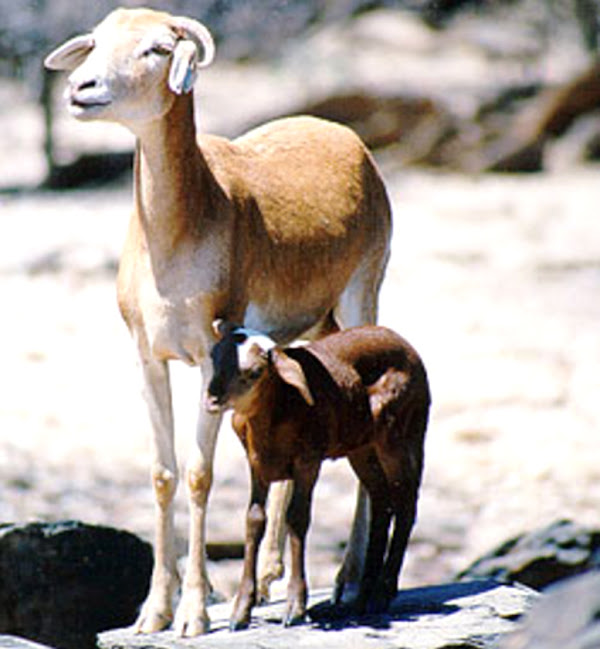
The top-line over the head is arched. It drops down in the neck, rising to the withers from where it declines slightly to rise again over well developed loins.
Legs of the Damara sheep are long and dry, but strong and well-placed. Their hooves are small and well shaped. They are fat-tailed sheep, and grow short coarse hair.
They can be either uni-colored or multi-colored. Uni-colored versions are available in black, brown and white, and multi-colored versions are available in black and white pied.
They usually have smaller sized horns. Photo and info from ansi.okstate.edu and Wikipedia.
Uses
The Damara sheep is a meat sheep breed. It is raised primarily for meat production.
Special Notes
The Damara sheep are very hardy and strong animals. They can survive in a harsh environment and under poor nutritional conditions. They are exceptionally vigorous, and actually can remain productive where grazing and water is fairly restricted.
This feature makes the breed very suitable for the communal areas of Namibia where extreme conditions are usually the norm rather than the exception.
The Damara sheep has a fairly high resistance to most sheep diseases. And they have also good tolerance against internal parasites. The ewes are excellent mothers and they can produce enough milk, even for raising twin lambs.
And twin lambs usually occur in 5 to 10 percent of the births. The ewes generally care well for their lambs, and sometime fight off predators when attacked. Today the breed is raised mainly for meat production. However, review full breed profile of the Damara sheep in the following chart.
| Breed Name | Damara |
| Other Name | None |
| Breed Purpose | Mainly meat |
| Special Notes | Very hardy and strong animals, well adapted to a variety of climatic and grazing conditions, well suited to their local environments, able to survive in a harsh environment and under poor nutritional conditions, exceptionally vigorous, can remain productive where grazing and water is fairy restricted, fairy high resistant to most common diseases, tolerant against internal parasites, ewes are excellent mothers, ewes produce enough milk for their lambs, very good for meat production |
| Breed Size | Large |
| Horns | Yes |
| Climate Tolerance | Local climates |
| Color | Many |
| Rarity | Common |
| Country/Place of Origin | Namibia |


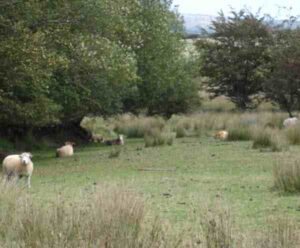

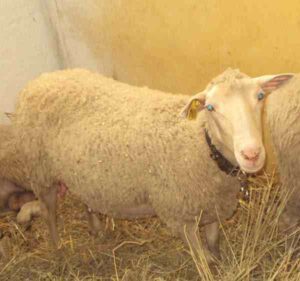
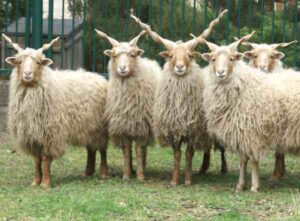
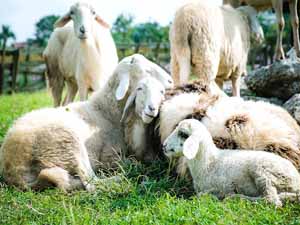
I live in the United States. Are there any breeders here that sell Damara Sheep?